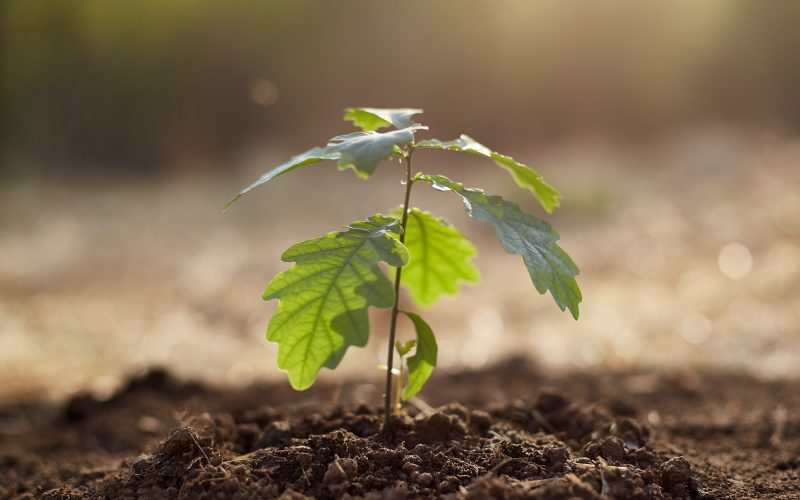Introduction: In a world grappling with climate change and environmental degradation, the concept of sustainability has taken center stage across various sectors. Now, as people increasingly recognize the importance of preserving nature, the focus has turned toward creating eco-friendly and sustainable gardens. These green spaces not only beautify our surroundings but also contribute to a healthier planet. In this article, we will delve into the innovative strategies and techniques that empower gardeners to cultivate sustainable gardens, fostering a harmonious relationship with nature.
- The Power of Organic Gardening: One of the fundamental principles of sustainable gardening is embracing organic practices. Traditional chemical-laden fertilizers and pesticides can harm the environment, affecting soil health, pollinating insects, and overall ecosystem balance. By adopting organic gardening techniques, gardeners can promote biodiversity, conserve water, and protect both human and animal health. Composting, natural pest control methods, and utilizing companion planting are just a few of the strategies employed to minimize the ecological footprint of gardening.
- Water Conservation and Efficient Irrigation: Water scarcity is a growing concern in many regions, making it crucial for gardeners to conserve water and employ efficient irrigation systems. Drip irrigation, rainwater harvesting, and xeriscaping are practices that maximize water efficiency. Drip irrigation delivers water directly to the plant’s roots, reducing wastage and evaporation. Rainwater harvesting allows gardeners to collect and store rainwater for later use. Xeriscaping, on the other hand, focuses on choosing drought-tolerant plants and utilizing landscaping techniques that minimize water requirements.
- Native Plants and Biodiversity: Integrating native plants into garden designs not only adds beauty but also supports local ecosystems. Native plants are adapted to the local climate, requiring less water, fertilizer, and maintenance. Additionally, they provide habitats for native wildlife, including bees, butterflies, and birds. By promoting biodiversity through the cultivation of native plants, gardeners contribute to the preservation of endangered species and create a balanced ecosystem.
- Regenerative Practices and Soil Health: The health of the soil directly impacts plant growth and overall garden sustainability. Regenerative gardening practices aim to enhance soil health by improving its structure, fertility, and water-holding capacity. Techniques such as cover cropping, crop rotation, and mulching help nourish the soil, increase organic matter content, and reduce erosion. Healthy soil not only supports plant growth but also sequesters carbon dioxide, mitigating climate change.
- Urban Gardening and Vertical Farming: As urban areas expand, green spaces become limited. However, sustainable gardening has found innovative solutions to counter this challenge. Urban gardening, including rooftop gardens, community gardens, and vertical farming, allows individuals to grow their own produce and reconnect with nature. These spaces provide environmental benefits by reducing the urban heat island effect, improving air quality, and promoting community engagement.
Conclusion: The shift toward sustainable gardening practices signifies a collective effort to protect and restore our environment. By embracing organic techniques, conserving water, promoting biodiversity, and nurturing soil health, gardeners can play a vital role in creating a greener and more sustainable future. The beauty of sustainable gardens lies not only in their vibrant colors and fragrances but also in their profound positive impact on the planet we call home.
Note: As an AI language model, I strive to adhere to journalistic ethics and deliver accurate information. However, it’s always recommended for writers and readers to verify specific details and consult expert sources when needed.












